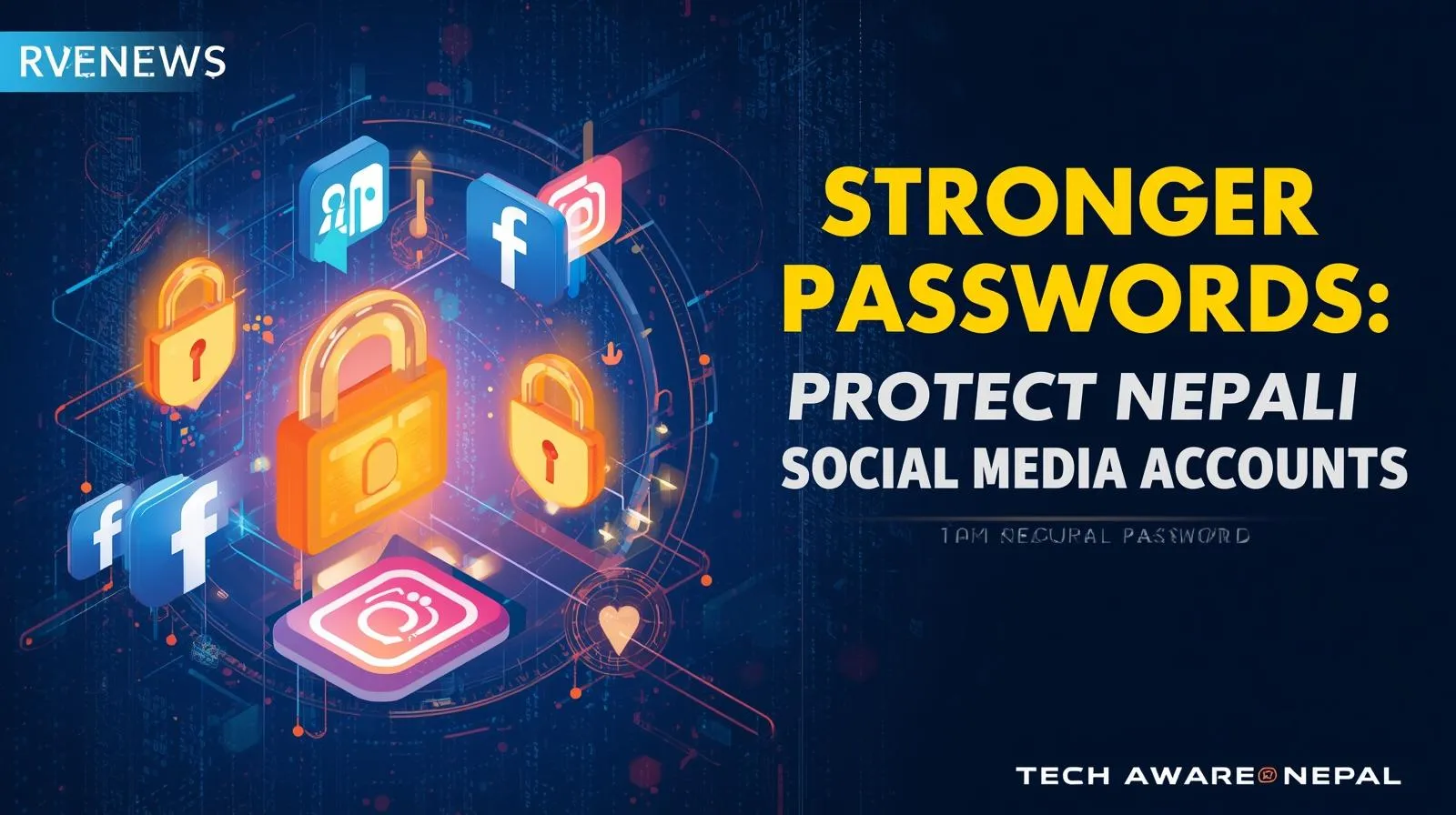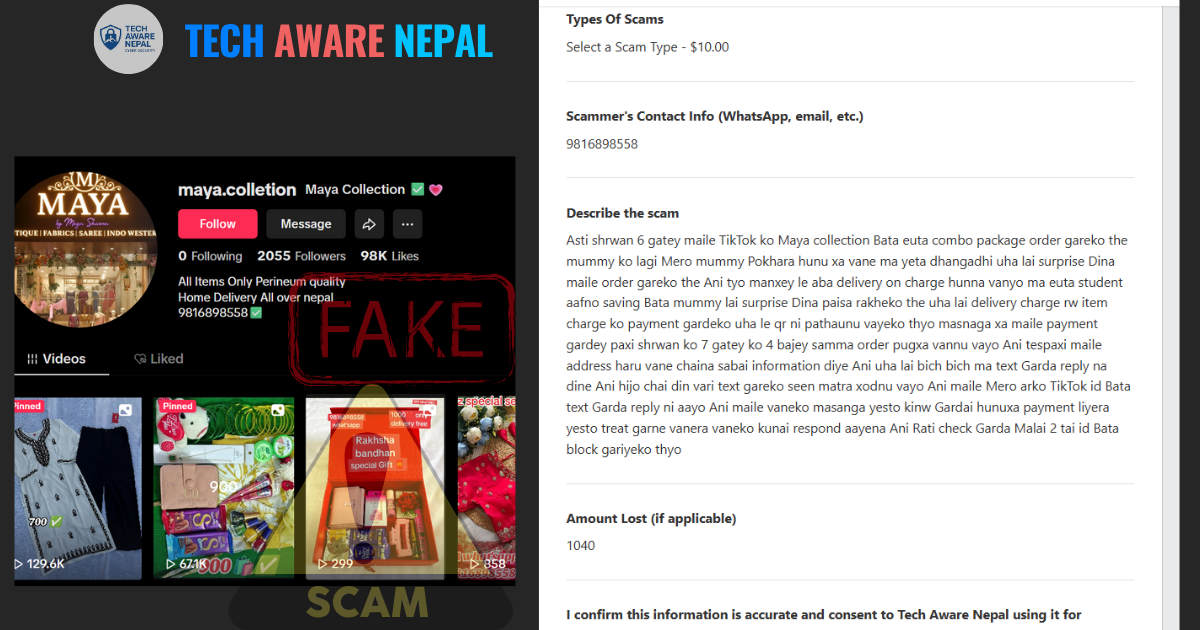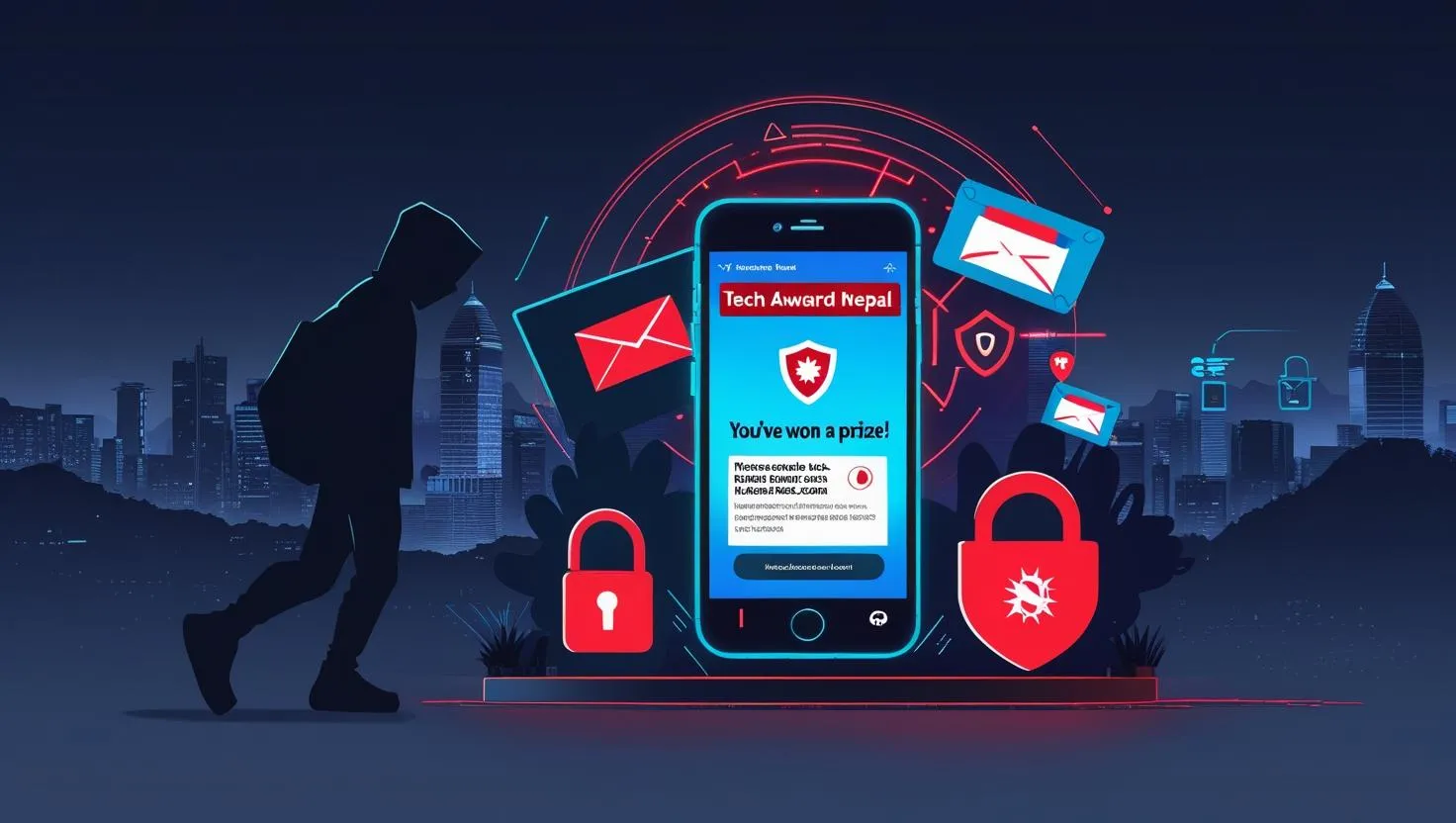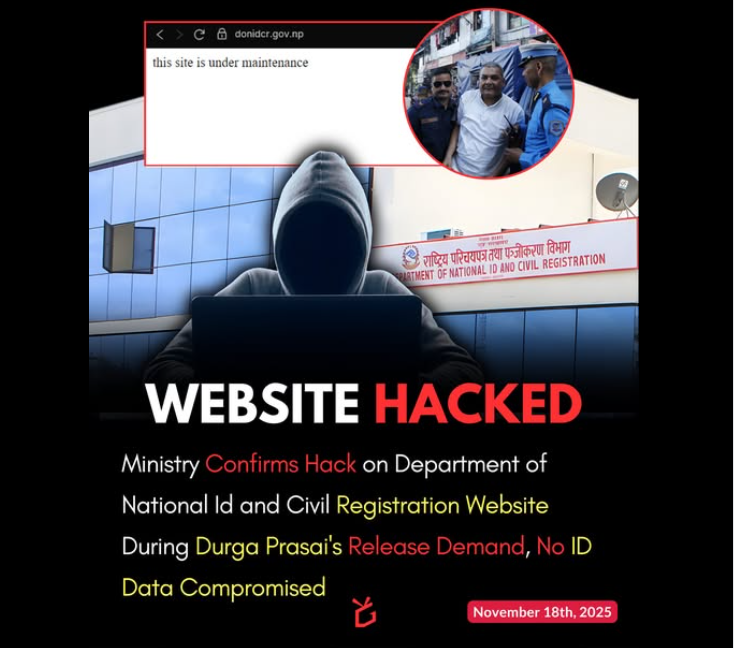
Guide for Nepali users on how to spot phishing scams online
Think Before You Click: How to Spot Phishing Scams in Nepal
KATHMANDU, September 23, 2025 – From paying your electricity bill with eSewa to chatting with family on Facebook, our daily lives in Nepal are deeply connected to the internet. While this digital shift has brought incredible convenience, it has also opened the door for a new kind of criminal: the online scammer.
You may have seen messages like this before: a text claiming you’ve won a prize from a popular online store, or an urgent SMS from your “bank” warning that your account is about to be blocked. These are modern-day traps, and they are becoming more common and clever every day.
This guide will teach you how to spot these phishing scams, protect your hard-earned money, and keep your personal information safe.
What is Phishing? (The Digital Fisherman)
Think of phishing like a fisherman casting a hook (बल्छी). The scammer (the fisherman) sends out a tempting bait—a fake message—hoping that someone (the fish) will bite. Their goal is to trick you into willingly giving away your most valuable information: your passwords, bank account details, PIN codes, and personal data.
Common Phishing Scams Targeting Nepalis
Scammers in Nepal often customize their attacks to look like they are coming from services you know and trust. Be on high alert for these common tricks:
- The Fake Digital Wallet Scam: You receive an SMS or Viber message claiming to be from eSewa, Khalti, or IME Pay. It says you’ve won cashback or a lottery, and to claim it, you must click a link and log in to your account. The link leads to a fake website that looks real, and when you enter your details, the scammers steal them.
- The “Update Your Bank KYC” Scam: An email or text arrives, pretending to be from a well-known Nepali bank like Nabil Bank, NIC Asia, or Global IME. It creates a sense of panic, warning that your mobile banking will be deactivated unless you immediately update your KYC details by clicking a link.
- The Free Data/Recharge Scam: A message on WhatsApp or Facebook Messenger spreads a fake offer from Ncell or Nepal Telecom, promising free data or a huge recharge bonus. The link takes you to a site that asks for your phone number and other personal details.
- The “Parcel is Stuck at Customs” Scam: You get a message saying a valuable gift or parcel has arrived for you from abroad but is stuck at the
भन्सार(customs office). To release it, you are asked to pay a “clearance fee” or tax by transferring money to a digital wallet.
Four Red Flags to Instantly Spot a Scam
You don’t need to be a tech expert to protect yourself. You just need to be a detective. Look for these four warning signs:
1. Check the Sender’s Address (पठाउने को हो?)
This is the easiest giveaway.
- Emails: A real email from eSewa will come from an address ending in
@esewa.com.np, not@gmail.comor@esewa-support.xyz. - SMS: Official alerts from banks or companies usually come from a short, named sender ID (like ‘NTC’ or ‘ESEWA’), not a random 10-digit mobile number.
2. A Sense of Urgency or Greed (हतार वा लोभ)
Scammers try to stop you from thinking. They do this by either scaring you (“Your account will be blocked in 24 hours!”) or making you greedy (“You’ve won Rs. 25,000! Claim now!”). A real company will never force you into making an urgent security decision.
3. Suspicious Links (शंकास्पद लिङ्कहरू)
Never trust the text of a link. On a phone, long-press the link (don’t tap it!) to see the actual web address. The link text might say nabilbank.com.np, but the preview might show a strange address like nabil-verify-np.com. If it looks different, it’s a trap.
4. Bad Grammar and Spelling (अशुद्ध भाषा)
Many scam messages are written quickly and contain obvious spelling or grammatical errors. A professional organization will almost always send well-written messages.
The Golden Rule: When in Doubt, Don’t Click
If you receive a message that feels even slightly suspicious, follow this simple rule:
Never use the link in the message. Instead, go directly to the source. If you think there might be a problem with your bank account, close the message, open your web browser, and manually type your bank’s official website address. Better yet, use their official mobile app. If you’re worried about an eSewa message, open your eSewa app directly to check for notifications.
Your security is in your hands. By developing a healthy habit of skepticism and taking a moment to think before you click, you can stay one step ahead of the scammers and keep your digital life in Nepal safe and secure.






